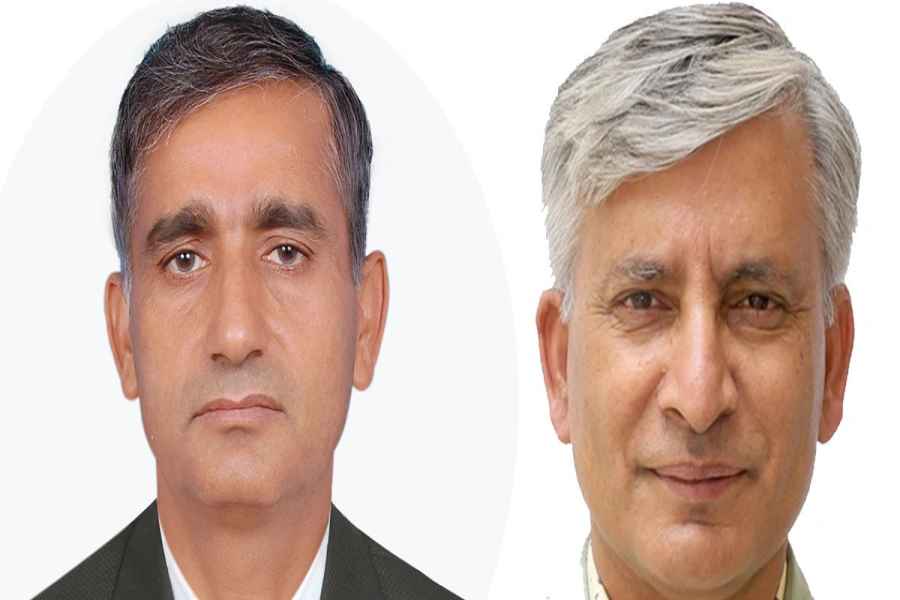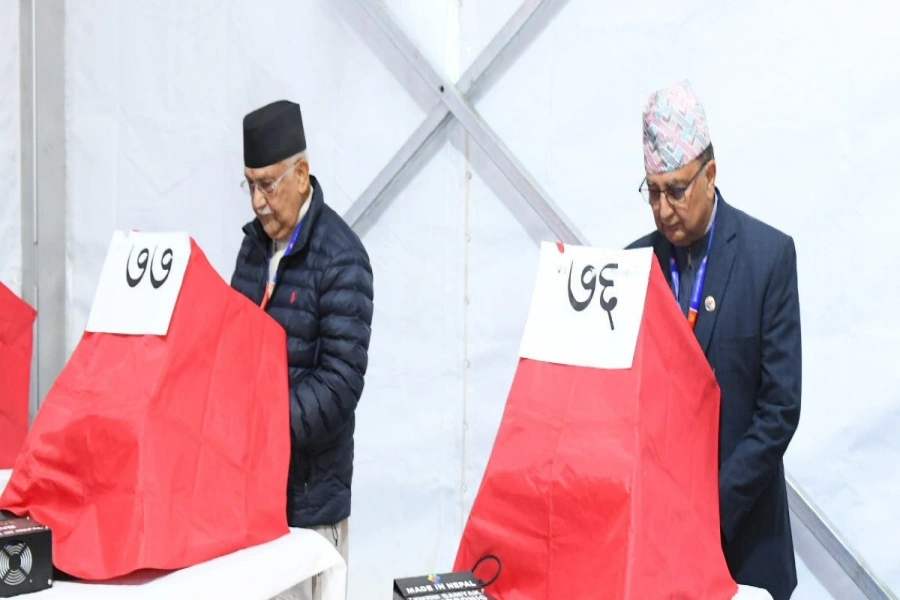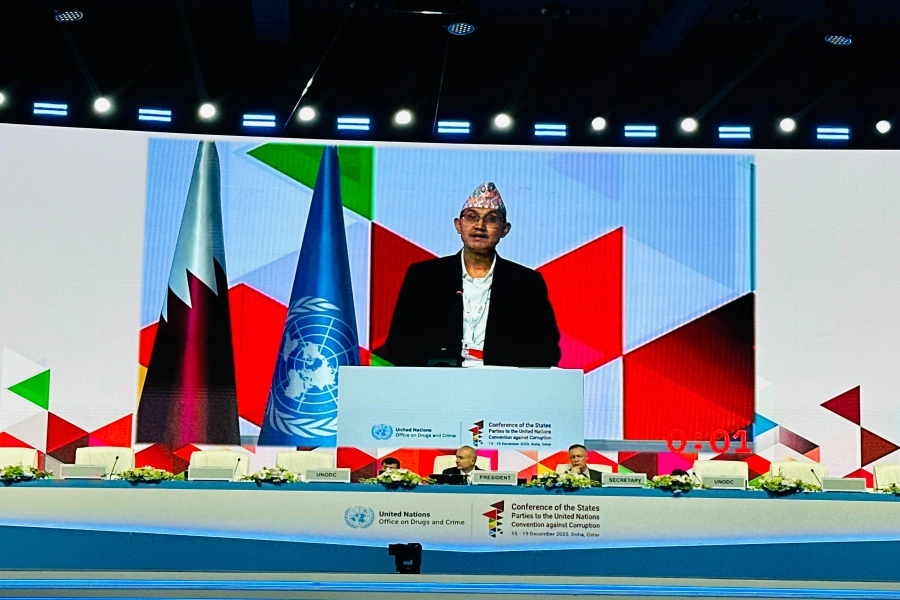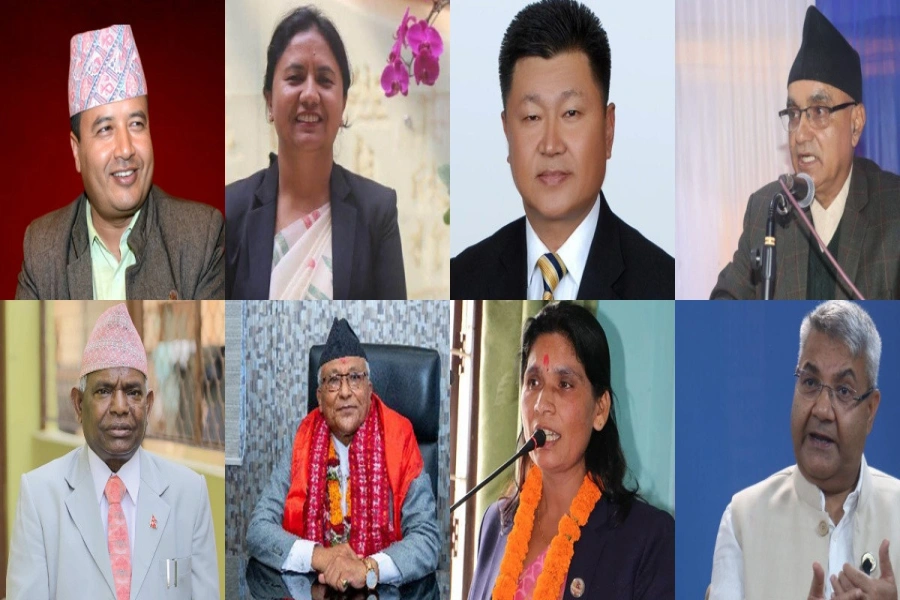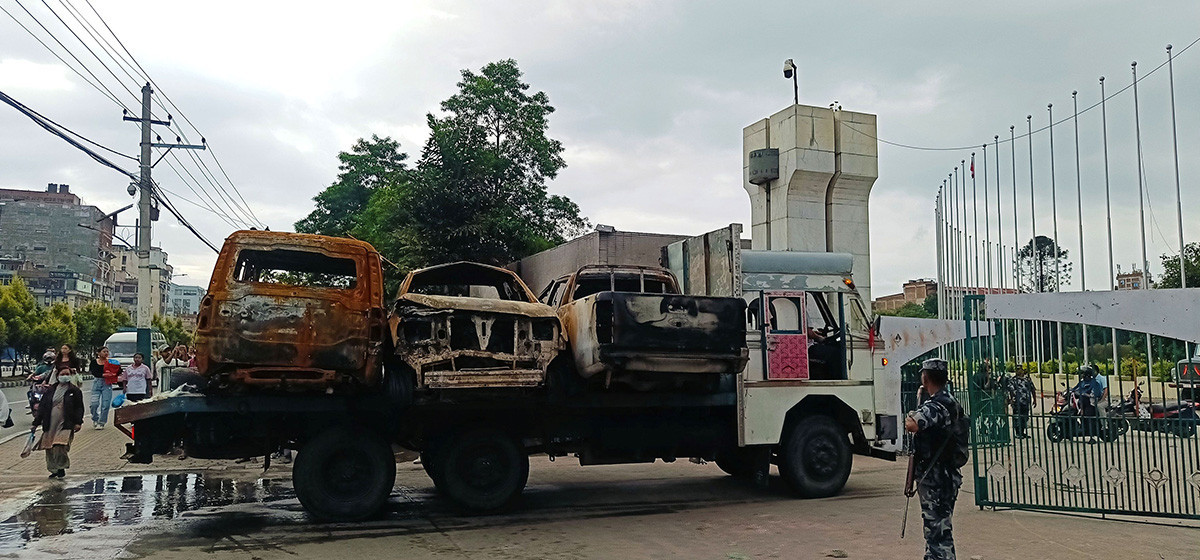The development sector, globally, faced severe upheavals, downfalls, and some breakthroughs in 2023. Humanity witnessed some disturbing realities with the prolonged war and humanitarian disasters in several countries and a few global initiatives taking the world headlines by storm. In Nepal, the sector experienced a great deal of challenges and remarkable developments, triggered by both internal and external factors. In the paragraphs that follow, I have picked seven major significant lessons in 2023.
First, localization gear is speeding up much quicker than many had initially thought but lacks proper direction in Nepal. With some donors backing the vision, particularly by putting aside resources alongside localization initiatives, it is certainly gaining momentum. It is truly a much-awaited shift that the sector needs to make the aid more responsive and inclusive through efficient mobilization of resources by championing locally-led development. However, without clear communications about its intentions and implications, it is facing several adversities. Critics are raising the question: who is driving the localization, who is influencing, and who are the losers and gainers from this shift? Some recent funding opportunities to promote this initiative exposed a deeper level of confusion, fear, and lack of understanding among CSOs, international NGOs, and governing bodies. It is very much evident that we need a careful analysis of the readiness of the actors, and the consequences of localization and allow the system to be ready for such an astonishing change to happen.
Second, inclusive humanitarian response and preparedness are ever so critical given our fragility and exposure to earthquake risks and susceptible hazards. The earthquakes in the western part of the country, particularly the aftermath of the recent Jajarkot earthquakes, are serious alarm bells that also poked reality checks on our systemic readiness to respond to any scale of disaster like that. We must capitalize on the learning from the 2015 mega earthquakes and COVID-19 responses. There is a strong need to foster effective collaborations with government, civil society organizations, and private sector actors to offer timely, coordinated, and inclusive humanitarian responses to people in dire need.
Five Major Lessons for Development Sector in 2022

Third, several years after Nepal became a federal democratic republic nation, there is still a scope to further smoothen coordination at federal, provincial, and local levels and foster collaborations to address complex and deep-rooted problems. To deliver on the constitutional mandate, it is high time to clear doubts, and insecurities, foster candid discussions about outstanding issues, and coordinate and support each other. To counter complex social problems and dismantle existing barriers faced by excluded groups, various actors across different departments need to come together and develop a clear pathway to deal with that. For instance, as a remittance-driven economy, we must ensure safe and dignified migration options and establish proper mechanisms to counter heinous crimes like child trafficking and or engaging children in harmful exploitative works.
Fourth, 2023 witnessed some breakthroughs in terms of championing the rights of minority groups and providing justice to the victims of severe caste and gender-based discrimination. An excellent example is the landmark verdict by the West Rukum District Court that sentenced 24 persons to life imprisonment in the massacre of six Dalit youths. It is truly heartbreaking to have such inherently discriminatory and illegal practices in the name of the caste system and with a collective effort to eradicate such an inhumane system, incidents like that of Rukum should never happen.
Similarly, the legal recognition of same-sex marriage when the LGBTIQ+ couple receiving a marriage certificate from the Lumjung district five months after the Supreme Court’s interim order is a revolutionary achievement hailed globally as a big victory for LGBTIQ rights. Understandably, there is still much to do to create a society that is open and embracing diverse gender, caste, and religious beliefs and dismantling harmful socio-cultural norms, practices, and systems.
Fifth, local municipality leaders are setting great examples for bringing about transformative changes in their communities. Great examples from Kathmandu Metropolitan City and its wonderful accomplishments in traffic management, keeping the city clean, and showcasing cultural diversity are remarkably visible. The execution of the water supply in Dharan which was often considered next to impossible is another one. Besides, I have had the great privilege of collaborating with amazing mayors from Thakurbaba (Bardia) to Suryodaya (Ilam) and Bheri (Jajarkot) who are driving systemic changes with impactful initiatives. They are shining examples of how a passionate leader when supported by their team can achieve remarkable changes in a short span.
Sixth, the significance of data innovation and digitalization to support the development outcomes is highly underlined. This includes the adoption of innovative methods for data collection and the use of artificial intelligence for effective decision-making. It is encouraging to hear the strong intentions of government departments to digitize key services such as access to health, education, and social services. Besides the technicality of the storage and its operational aspects, the emphasis must be laid on data protection and its storage and it needs to seriously look at the use of data for quality and efficient mobilization of resources. More importantly, we need to ensure the use of data and evidence generated locally to contribute at scale.
Seventh, the recent endorsement of the National Adaptation Plan (NAP) at the national climate summit to bolster resilience against climate change is a historic milestone in Nepal. NAP is developed based on the sciences and climate projections to integrate adaptation measures into policies, planning, and programs. It is now high time for the government and its development partners to adhere to the identified 64 adaptation interventions across eight key sectors including the three most urgent ones. For an effective outcome, wider-scale collaborations with development partners and the private sector with a strong implementation mechanism is the key.



